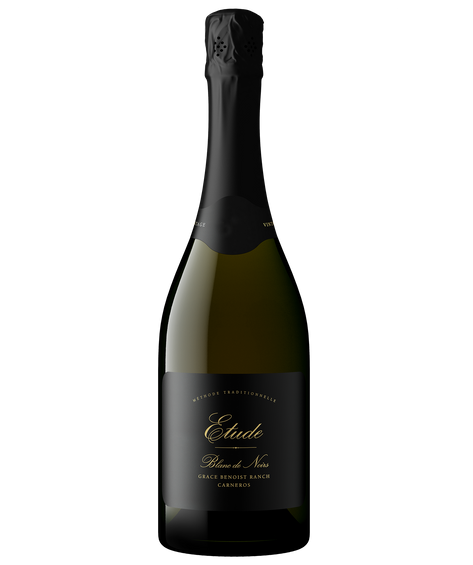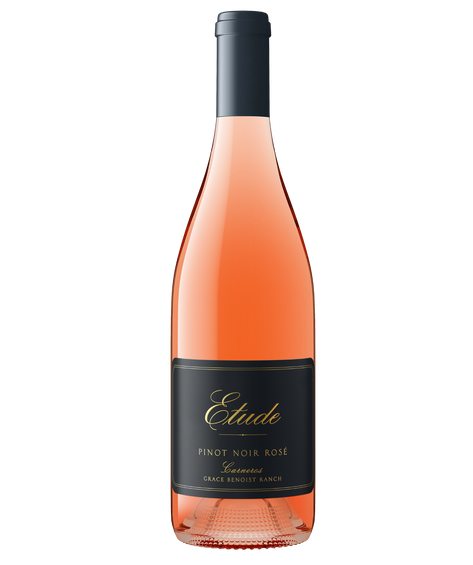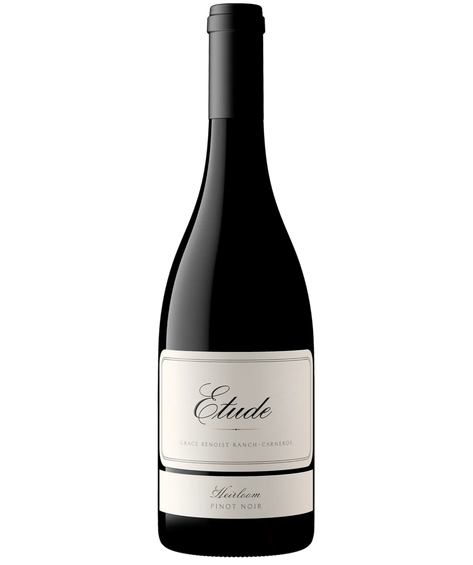“Variety is the very spice of life, that gives it all its flavor.” When 18th-century poet William Cowper wrote that famous line, he wasn’t talking about how to grow delicious wine. But as farmers have known since ancient times, crops grow best in balance with nature. Practicing biodiversity, or sharing the environment with a wide range of native plants, animals, and microorganisms, helps us be more sustainable, from water use to pest management. By working with nature rather than trying to control it, we can minimize our impact while growing strong, healthy vines and making award-winning wine.
Grace Benoist Ranch mainly lies within the Petaluma Formation and Sonoma Volcanics. Comprised of old lakes and riverbeds, petrified trees, 13 types of soil, pebbles, boulders, and ash-fall turned to stone over the eons, it’s been evolving for some 8 million years. That kind of age and wisdom definitely deserves our respect. Of Etude’s 1,400 acres, only 513 are planted with vines. The other two-thirds are wetlands, woodlands, open grasslands, and other wild places reserved for our non-human neighbors. We preserve these spaces for an ark’s-worth of creatures to live on and pass through, like foxes, skunks, bobcats, turkeys, deer, woodpeckers, mountain lions, hawks, and a choir of songbirds, along with mice and voles. Even rodents have their purpose in a balanced ecosystem, with raptors, like those owls, keeping them in check.
The vineyards themselves are planted to mirror the curves of the land instead of in a traditional grid pattern. Broken up into dozens of small blocks that roll and flow with the natural contours of the earth and wild spaces, this planting style reduces the amount of fruit we can grow, but the benefits far outweigh those additional grape clusters. It also allows us to keep the strict “no cut” promise our founders made right from the beginning. No trees were removed when we planted the vineyards or during our wetland restorations, which means the ranch is home to dozens of species of native oak, buckeye, big leaf maple, and bay laurel, including one with pride of place that’s nearly 60 feet in diameter. Disturbing the soil as little as possible also protects our smallest, yet arguably most important neighbors, the vast community of soil microbes that are critical for growing healthy vines with more natural resistance to climate extremes.
One of the most spectacular sights in wine country is the annual mustard bloom. In mid-February, the hillsides and valleys are blanketed with bright yellow blooms that signal that spring is just around the corner. But these are no ordinary flowers. Despite their delicate appearance, native mustard plants are mighty allies for growers. Along with attracting and feeding pollinators, reducing soil erosion, and cycling nitrogen, a key nutrient, back into the soil, these beneficial “weeds” also repel a vicious vineyard pest. The same spiciness that makes mustard so tasty for humans puts nematodes, microscopic worms that dine on vine roots, on the run.

While we’re on the subject of pretty yellow wildflowers, we’d like to make a case for the humble dandelion. Admittedly, not all weeds are a boon for your garden, but dandelions offer an easy way for you to support biodiversity at home. They provide nectar for pollinators earlier than most other flowers, birds enjoy the seeds and use the fluff for nesting, and their deep taproots help break up soil, bringing nutrients to the surface for other plants to use. If dandelions aren’t listed as invasive where you live, consider changing their status from trespassers to welcome guests.






